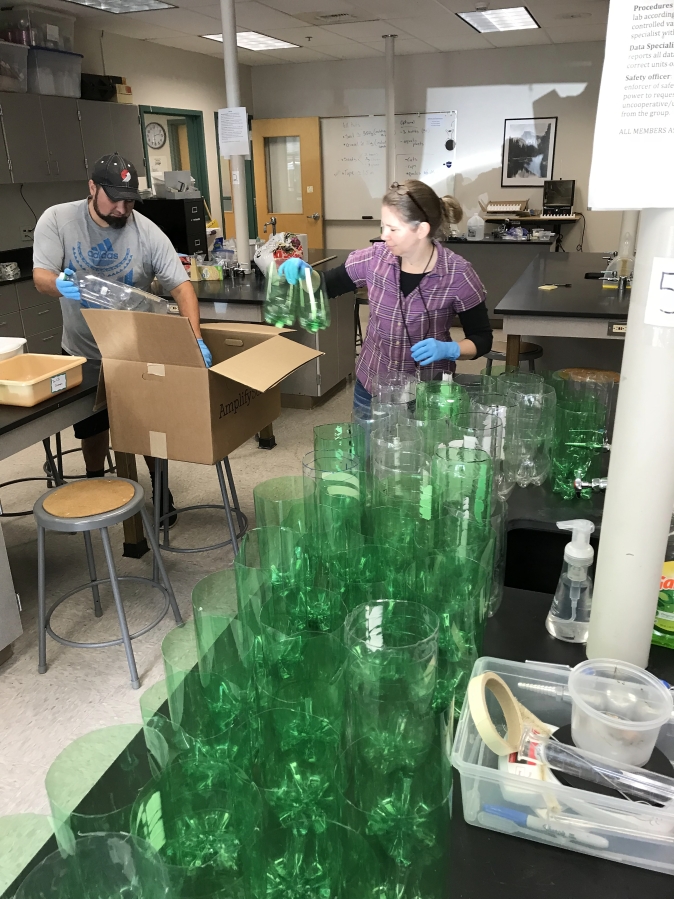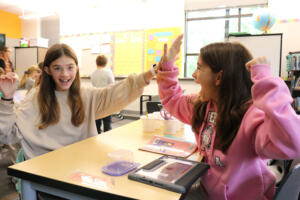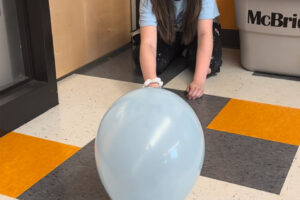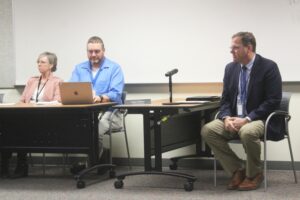The Washougal School District is confident that its new distance learning model will make a positive impact this fall.
The district’s new remote platform, dubbed “impactED Washougal,” will be an enhanced version of the system teachers and students used earlier this year after the outbreak of a novel coronavirus shuttered schools, according to WSD Superintendent Mary Templeton.
“We’re excited about bringing this opportunity to families,” Templeton said. “In the spring, we established a nice baseline for what remote learning looks like, and we learned a lot. At the end of the year we asked a lot of questions to teachers and families about what worked and what we could improve on, and took that feedback and incorporated that into a new virtual learning opportunity. I’m very optimistic about it.”
In a video message to students, Washougal High School Principal Sheree Clark said the district is “working hard, making sure that (it’s) got all in order so that it will be easy to navigate, the learning will be solid, and (students will) be able to engage with teachers and peers.”
“Our focus is to make sure you guys are healthy and safe, but that doesn’t mean that we aren’t working hard to make sure that you have a robust educational system that’s going to be online,” Clark said. “I know it isn’t ideal. I definitely wanted to be greeting you guys at the front door on the first day of school. It’s not the news we wanted, but we are Panther strong, and I’m excited for the school year to start.”




